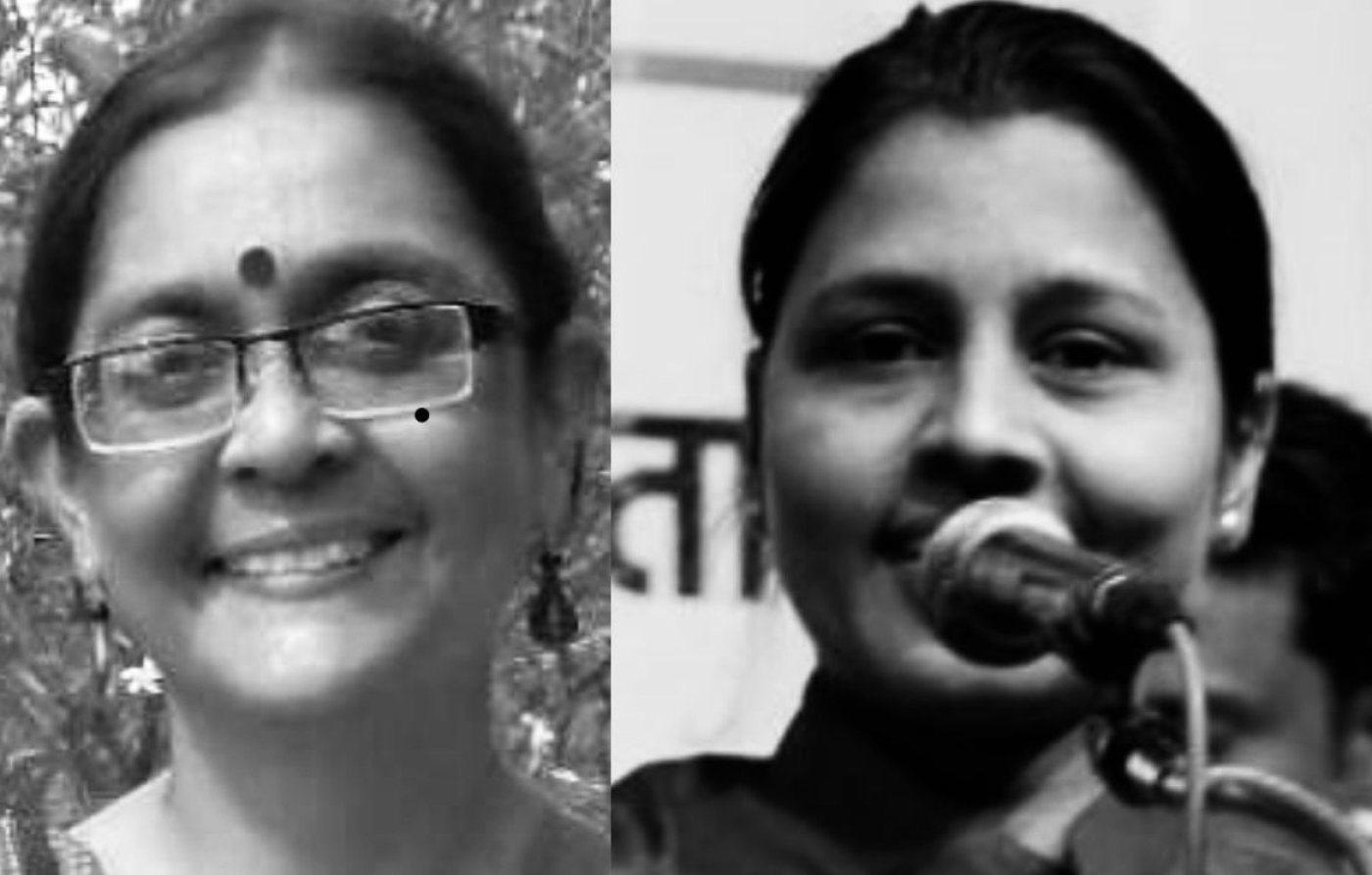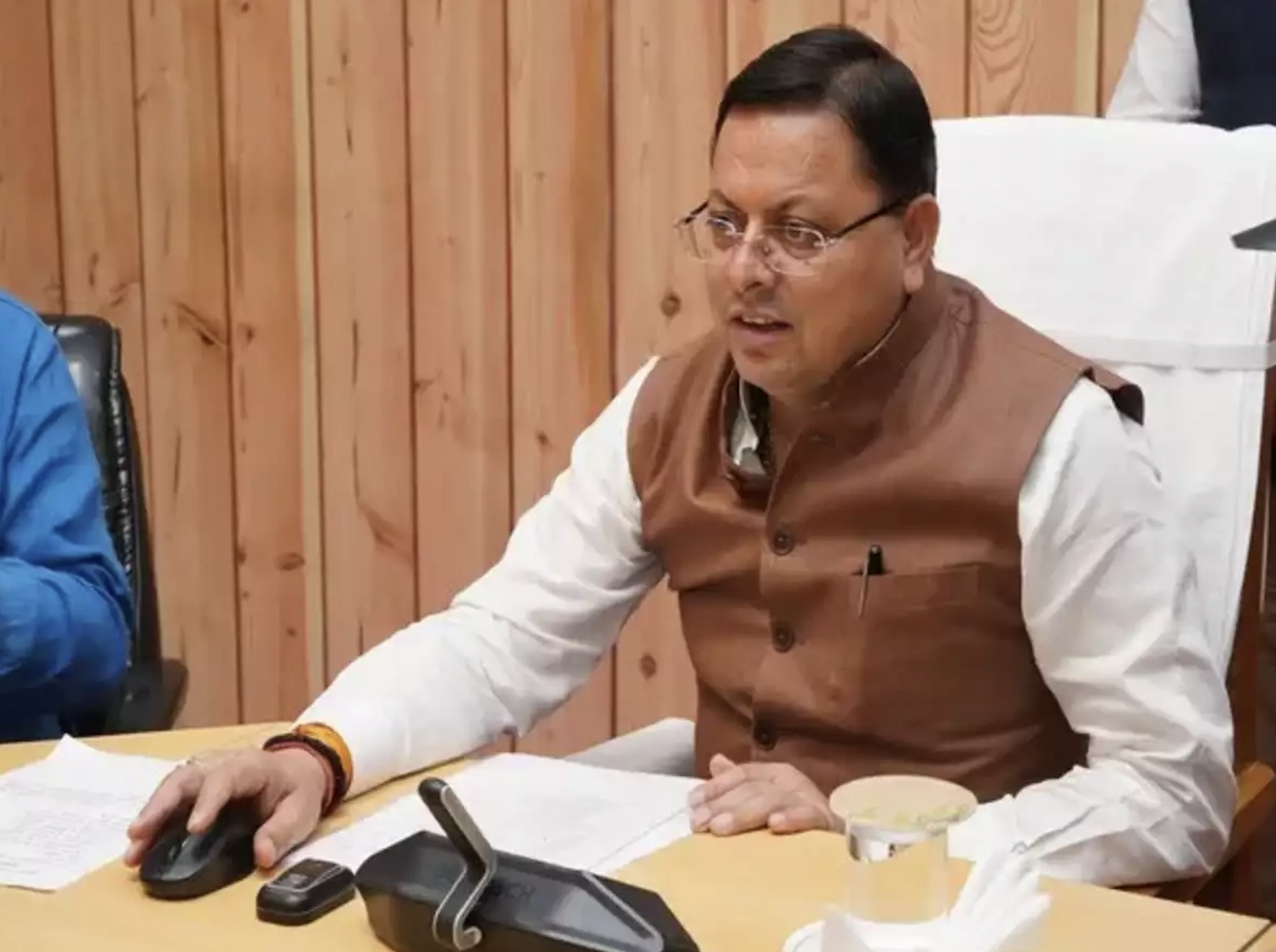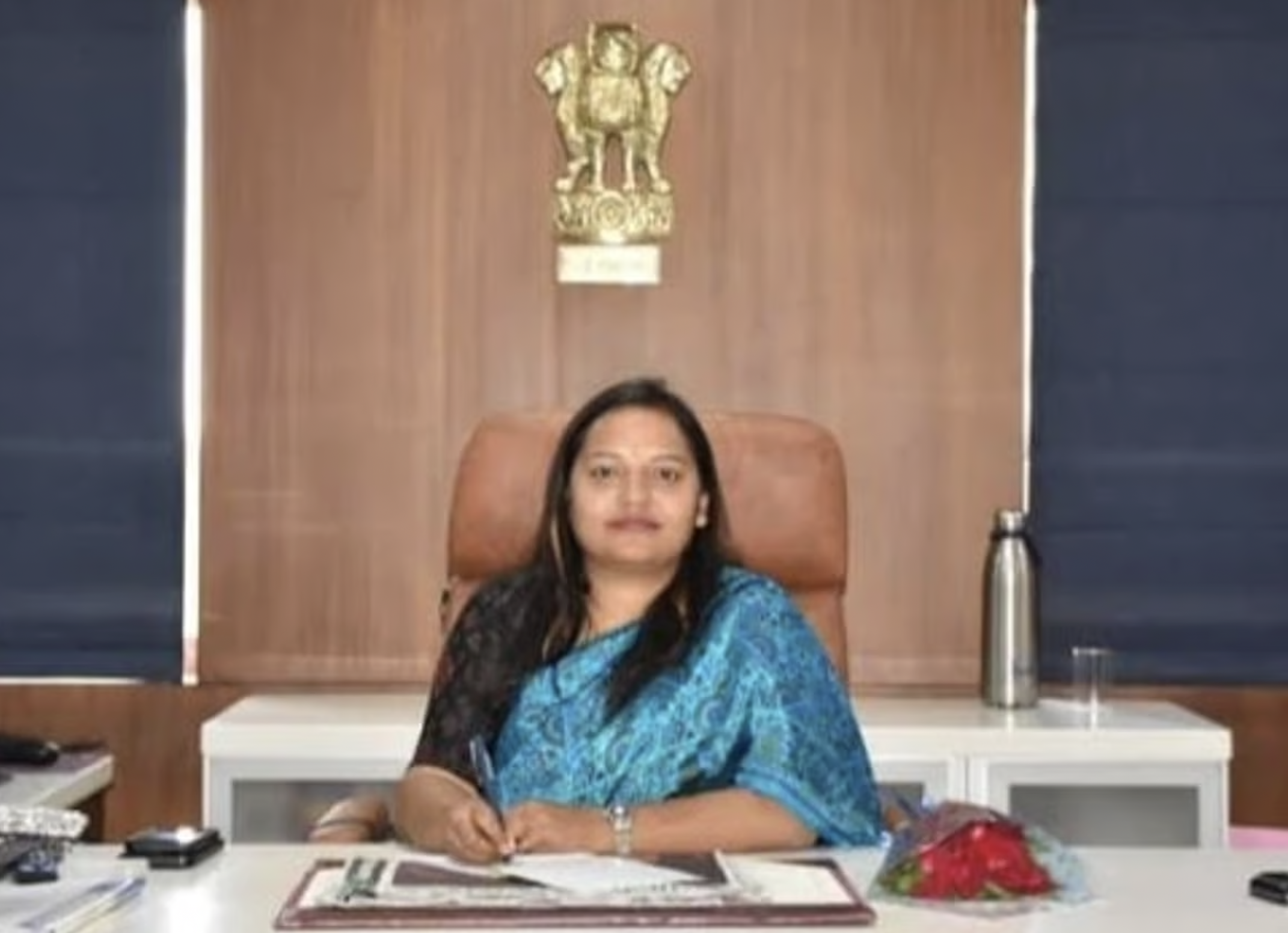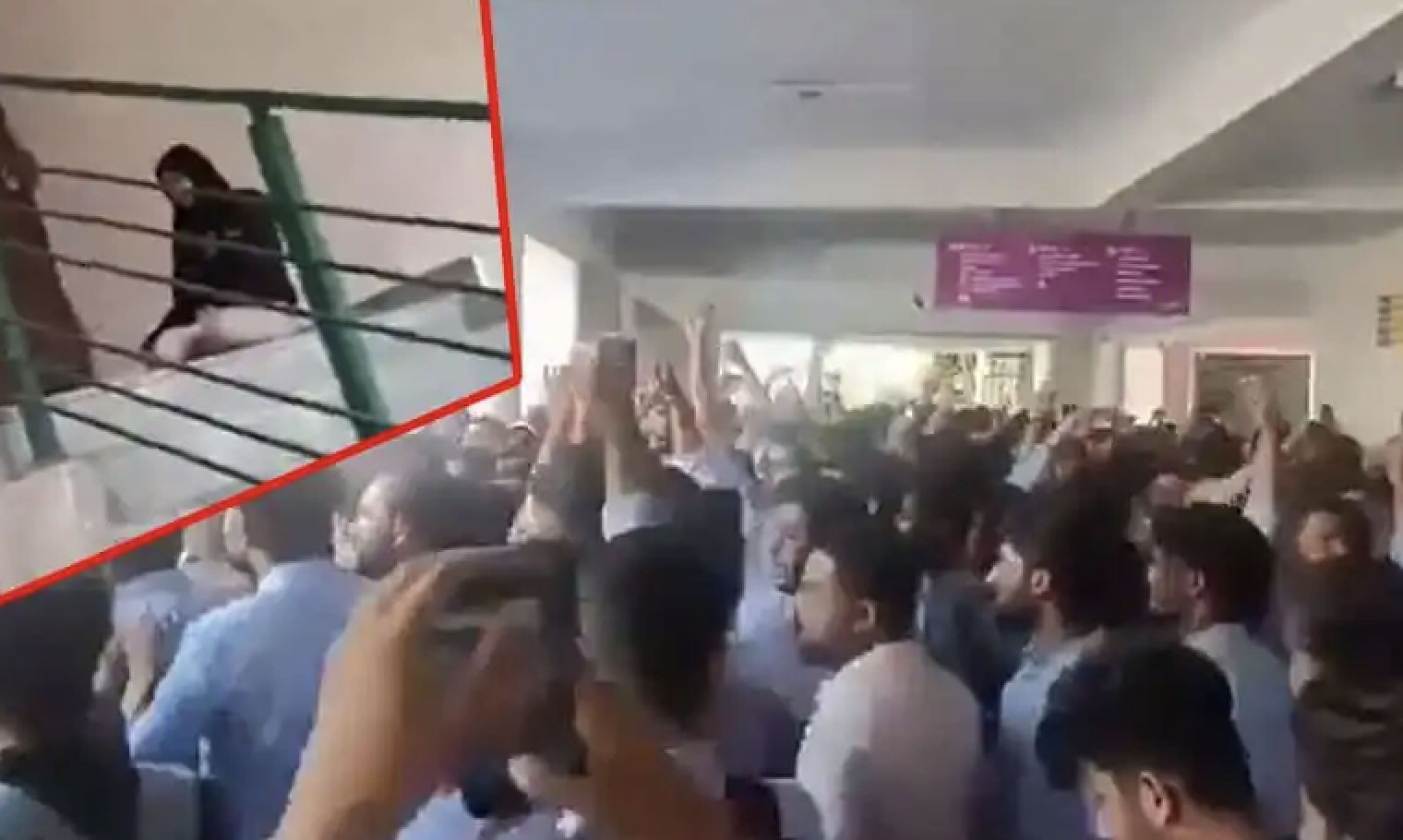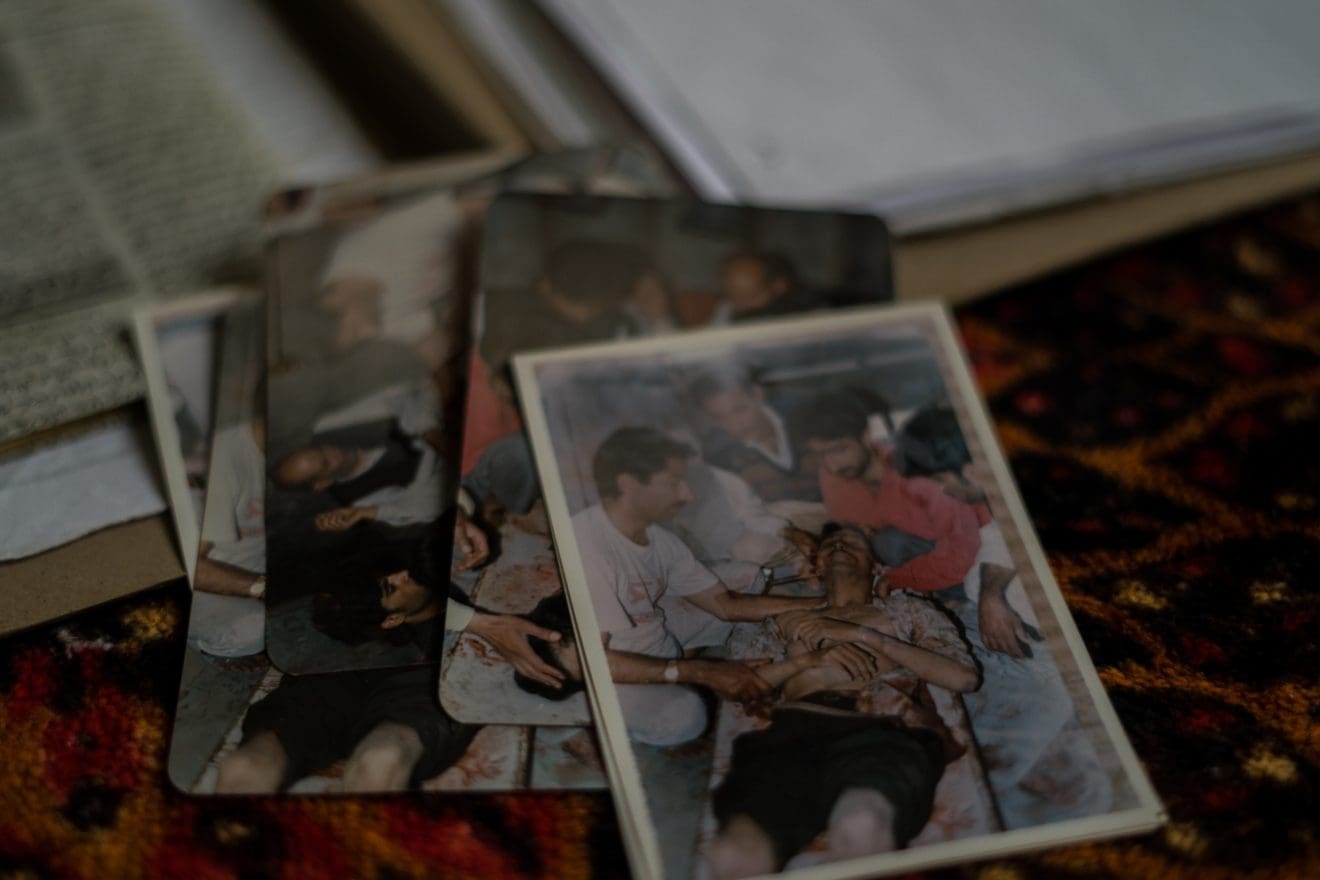
Srinagar: In 1998, when militancy was at its peak in Jammu and Kashmir (J&K), Suhail Naqshbandi was the only political cartoonist working with an English newspaper. Back then, Greater Kashmir was known for its ‘Inside Out’ pocket cartoon and a three-column cartoon, both published on the front page. In 2003, the larger cartoon was moved to the inside pages, signaling the start of censorship. In 2016, Inside Out similarly lost its prime position.
Today, Greater Kashmir does not publish any cartoons.
Anuradha Bhasin, the executive editor of Kashmir Times, one of the oldest English dailies in J&K, told Article 14 that there was no cartoonist working for the Srinagar edition of the newspaper, but cartoons were discontinued in the Jammu edition in March 2020.
“Newspaper editors do not want to publish cartoons due to censorship,” Bhasin said. “Cartoons reveal the naked truth but censorship becomes the barrier which is why readers do not see too many cartoons in the newspaper these days.”
Her newspaper has been made a target by government and militant groups since 1989. The 55-year-old publication was forced to shut down its Srinagar edition in March 2020, seven months after the union govt abrogated Article 370, a special constitutional provision, and reduced the former state to a union territory directly administered from New Delhi.
Heeba Din, who has a Ph.D in political cartooning, said there were only a few survivors. “Only three cartoonists regularly draw cartoons,” she said. The 30-year-old media researcher cited censorship, poor salaries and the lack of support when cartoonists got into trouble for this low number.
Double Trouble
In April 2019, two months after the Pulwama militant attack where 40 paramilitary troopers were killed, the newspaper management asked Naqshbandi to tone down his drawings and focus, instead, on non-political cartoons.
It was Naqshbandi’s second stint as a political cartoonist with Greater Kashmir. He had worked there from 1998 till 2000, before Malik Sajad, another well-known graphic novelist and cartoonist, joined the organization in 2003.
“From my first stint to the second one, I observed a marked difference in terms of creative freedom,” Naqshbandi told Article 14. “There were a lot of spoken and unspoken editorial policy lines. Keeping those limitations in mind, with self-censorship, I started relying on the tropes and satire a lot.”
But even then, Naqshbandi, 45, said, “sometimes my cartoon would not be published”. He added that it was during the run-up to the 2019 general election that such instances of “censorial behavior” became “quite frequent”.
“I have called it a day with Greater Kashmir as their editorial cartoonist,” Naqshbandi tweeted in May 2019, days before Prime Minister Narendra Modi was elected for a second term.
“For a long time now, I was facing censorship of one kind or the other, the levels of which started getting absurd with authoritarian pressures on newspapers recently,” Naqshbandi said.
It was his second departure from the newspaper.
The first was in August 2016, when unrest swept Kashmir after the killing of Hizbul Mujahideen commander Burhan Wani. Naqshbandi had depicted former J&K chief minister Mehbooba Mufti as leading a group of children, bandaged and blinded by pellets, towards a “dark future”.
Another popular cartoon showed Omar Abdullah, former chief minister, and Mehbooba Mufti, with a dead man. Naqshbandi showed the two politicians accusing each other of killing people in the 2010 and 2016 civil uprisings.
Sajad, the cartoonist who replaced Naqshbandi, joined Greater Kashmir at a young age. When the teenage cartoonist drew the army’s high handedness, officials landed up at the Greater Kashmir office to arrest him. It seems unimaginable now, but the newspaper management stood behind him.
In 2016, Sajad, who is also the author of a graphic novel on life in Kashmir, left and Naqshbandi rejoined.
According to Naqshbandi, newspaper editors in Kashmir have never recognised the importance of cartoonists. “Even before government pressure, newspaper editors did not hire cartoonists or consider publishing cartoons,” he said. “And the ones who did, did not give cartoonists the due they deserved.”
After the abrogation of Article 370 in August 2019, one can hardly imagine cartoons in the Valley’s newspapers, Naqshbandi added.
No Shortage Of Material
Of 171 newspapers & magazines registered with the department of information and public relations in Kashmir, only a handful publish cartoons, after much circumspection and efforts at balance.
It’s not for lack of material.
A five-month long military clampdown after the abrogation of Article 370, followed by the Coronavirus lockdown in March 2020, ensured there was no shortage of topics for political cartoonists documenting the humanitarian fallout of Kashmir’s unrest.
But rising censorship and tightening media curbs, forced cartoonists to tone down their work.
Rafia Rasool, 35, the only female cartoonist working with Urdu daily Aftab, said that since the 2016 killing of Wani, she has had less breathing space.
“Instead of facing any trouble tomorrow I prefer to draw the cartoons which will be digested in the outer world,” said Rasool who has been working with Aftab since 2012. “These days I mostly draw non-political cartoons ranging from environmental concerns to social issues.”
Requesting anonymity, some cartoonists quoted the example of artist Mudasir Gul, whom police in Srinagar detained for three days in May 2021 for drawing a mural on Palestine. Gul had spray painted ‘We Are Palestine’ on a bridge.
After an image of his art went viral on social media, he was accused of violating curfew under section 51 of the National Disaster Management Act, 2005.
Unlike Rasool, S Tariq, a cartoonist for The Kashmir Images newspaper for 12 years, argued his cartoons have never been censored but that’s because he knows what’s expected of him.
“I know my limits very well and from time to time I adjust my work with the situation which is why today I am here,” he said. “When there is a change in politics, situation and journalism, one has to adjust accordingly.”
Referring to J&K’s new media policy released in June 2020, Tariq said the 53-page document was aimed at further choking the functioning of the press in the valley.
Earlier, Tariq who is based in south Kashmir worked with the Alsafa, a widely-circulated Urdu daily banned in 2010. Its Srinagar office was sealed for carrying a picture of Congress president Sonia Gandhi and the then party’s state unit chief Saifuddin Soz with a “derogatory caption”.
The Uncensored View From Afar
For 17 years, Mir Suhail, now 36, was a political cartoonist with mainstream newspapers in Kashmir, before he moved to the US in December 2019. Suhail was also an art director at ScoopWhoop and CNN News 18.
“I remember when I joined Rising Kashmir I had more freedom to draw cartoons, but with time, when the newspaper got government advertisements, cartoons lost their importance,” Suhail said. “I joined other newspapers where I also saw my freedom fading.”
Suhail moved to the US “to get more freedom and a better workplace”. The move allowed him to portray Kashmir’s crisis more clearly than he could from home.
“There is no safety, for example, if any cartoonist faces any trouble; he won’t be backed by any newspaper organization,” Suhail said. “Drawing cartoons in Kashmir is like sitting inside the crocodile’s jaws.”
After the demonstrations and protests that followed the killing of Wani, Suhail’s cartoon on pellet victims—Kashmir Ki Kali went viral on social media. He depicted film actor Sharmila Tagore in the poster of the cult Hindi film, shot in Kashmir and released in 1964, with a pellet injury in her eye.
Suhail drew his first cartoon at 15. He has worked for Kashmir Images, Rising Kashmir, Kashmir Monitor, Kashmir Reader and Kashmir Observer. “The reason I kept shifting from one newspaper to another was that I could not compromise on my work,” he said. “I drew cartoons based on ground reality but some did not like it.”
The newspapers where Suhail worked did not hire any cartoonists after he left. For instance, after the killing of Shujaat Bukhari in June 2018, Rising Kashmir, as per one of its former editors, did not hire any cartoonist.
Similarly, after Naqshabndi left Greater Kashmir, the management did not fill the vacancy. The Kashmir Reader which was badly hit by the government’s advertisement ban in March 2019 also did not hire any cartoonist after Suhail left.
These days, Suhail said, the media in Kashmir were working “under the clutches of the government”.
Rising Kashmir’s former executive editor Sajad Kralyari said that poor salaries had also contributed to the decline of cartoonists.
“In the absence of breathing space, cartoonists feel compelled to discontinue (their work),” says 39-year-old Kralyari, adding that cartoonists were poorly paid even by media industry standards.
Naqshbandi said that political cartoonists like him were facing censorship across the globe. Many political cartoonists had been persecuted for their works, he added.
He cited the June 2019 instance of The New York Times stopping daily political cartoons in its international edition after one was labelled anti-Semitic.
Naqshbandi’s advice to aspiring cartoonists is simple: don’t lose hope. Self-publish and eventually monetise your work. He is presently working as a freelancer and an independent art and design professional.
A Rich Visual History
According to a news report, Kashmir’s political cartoon culture began around the 1940s and “focused on creating powerful imagery through collective memories to evoke feelings familiar to its viewers”.
In 1975, Bashir Ahmad Bashir’s (or BAB as he was fondly known) unapologetic caricature of Sheikh Abdullah returning home after signing an accord with the Prime Minister Indira Gandhi created waves when it was published in his Urdu daily, Srinagar Times. It is likely the first controversial political cartoon in the history of Kashmiri journalism.
Back then the readership of Srinagar Times increased manifold with many subscribing to it just to get a glimpse of BAB’s witty sense of humor.
In an interview to Kashmir Life in 2017, BAB said he was hanging on to some unpublished cartoons.
“Sometimes to avoid jeopardizing my own life I decided to keep some cartoons to myself,” he said. BAB recalled that he was dragged into court on more than one occasion for his work and even his own newspaper, Srinagar Times was banned three times by the government, twice in the 1960s during the tenure of Ghulam Mohammed Sadiq and once when Sheikh Abdullah was chief minister.
BAB still draw cartoons in Srinagar Times. His topics, these days, include business, the environment and issues outside J&K.
This story first appeared on article-14.com

